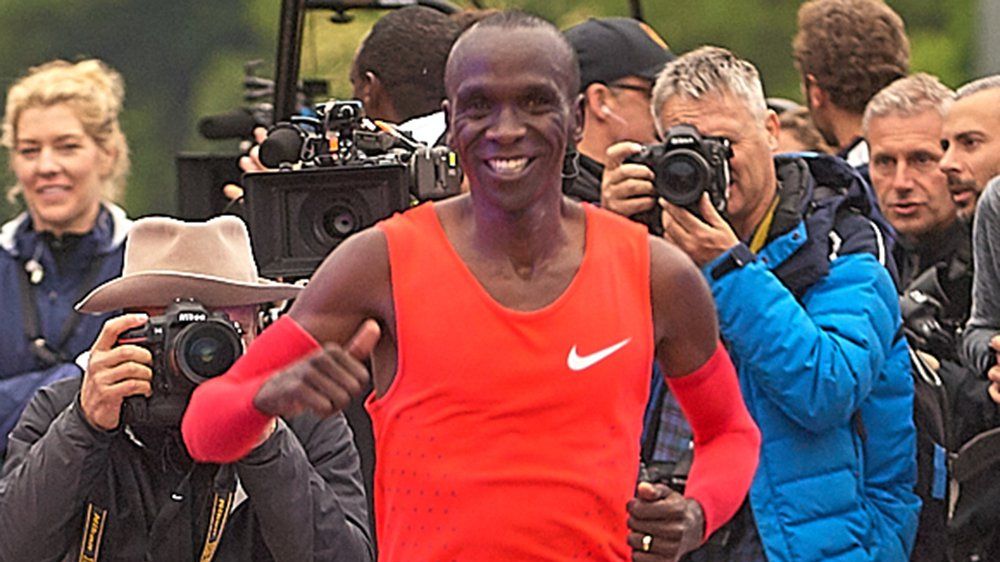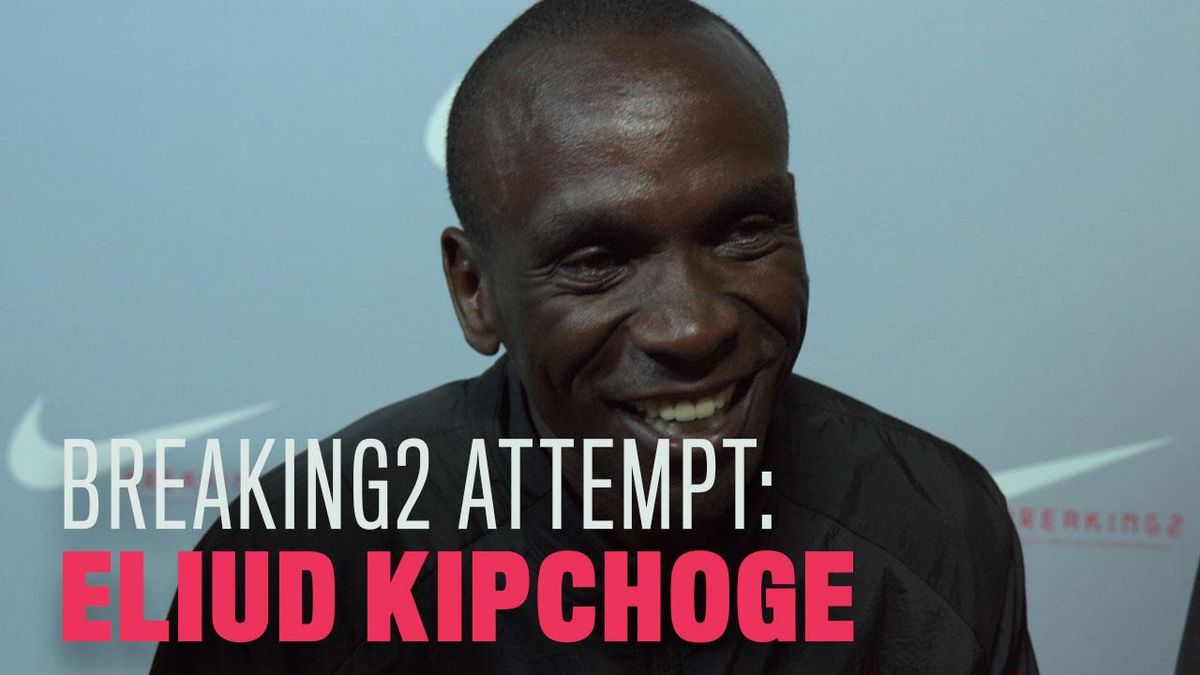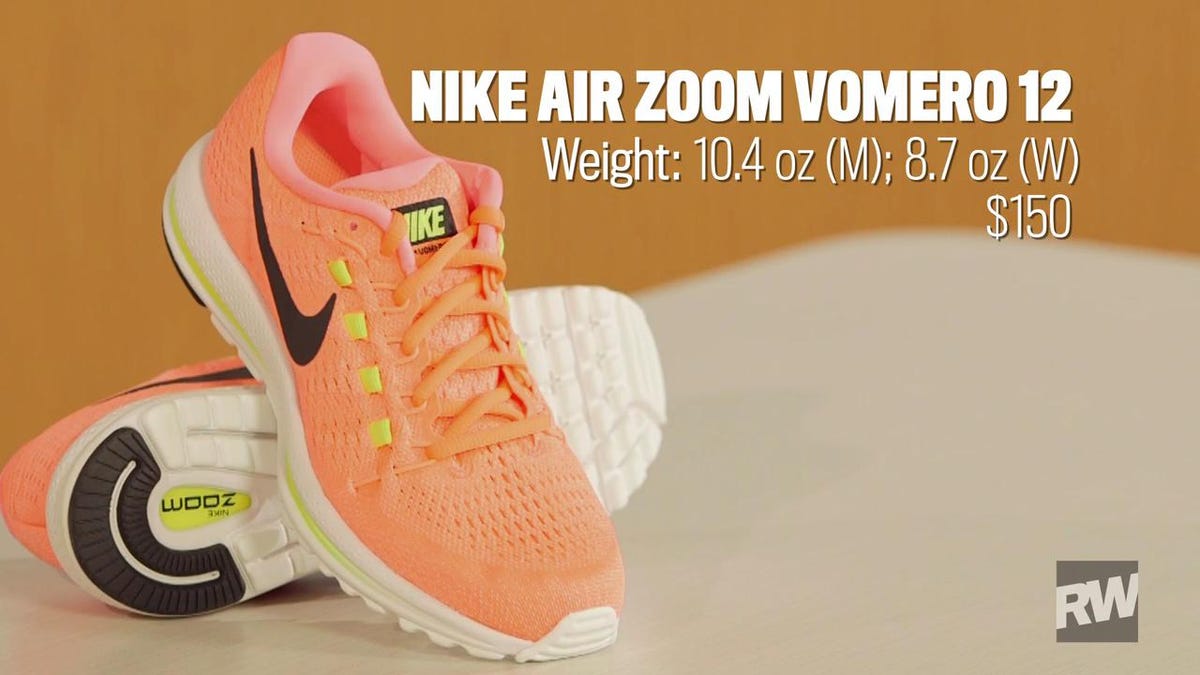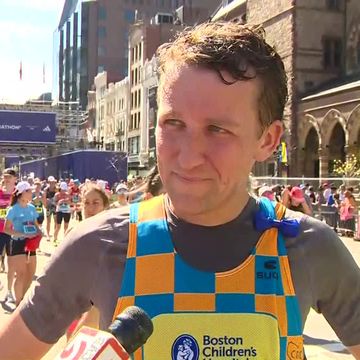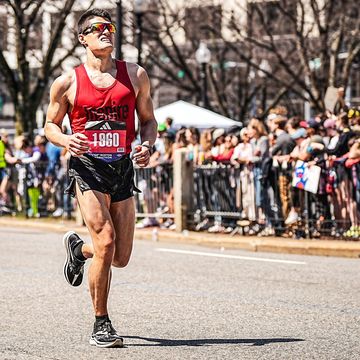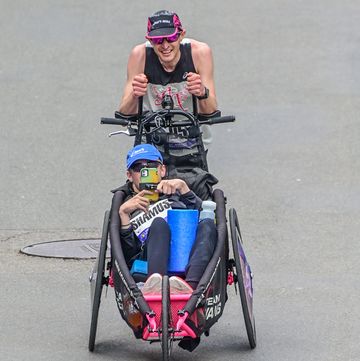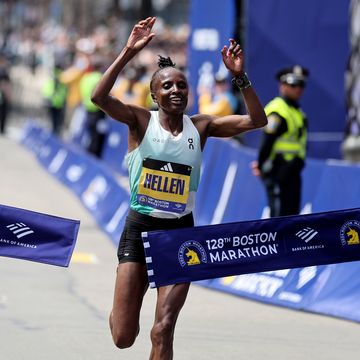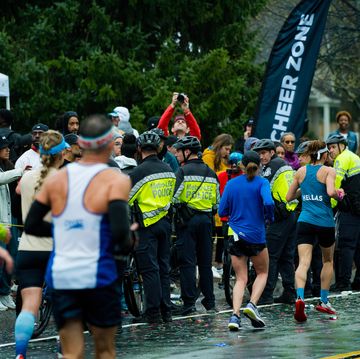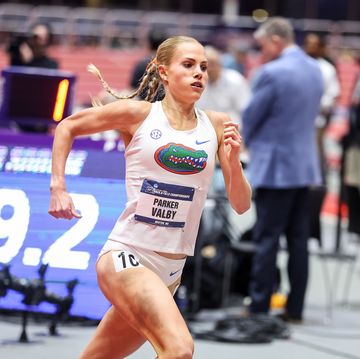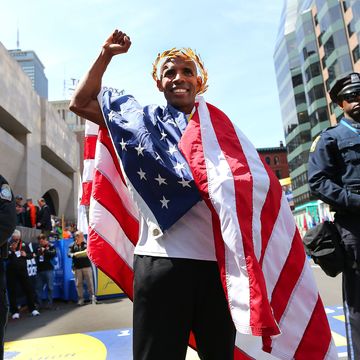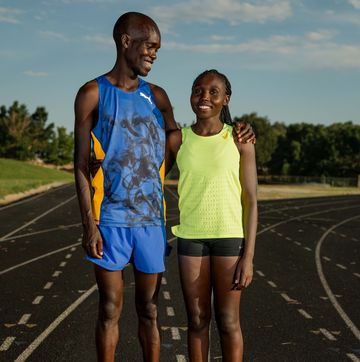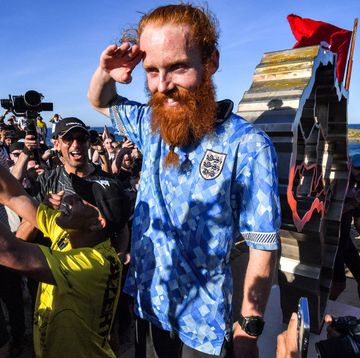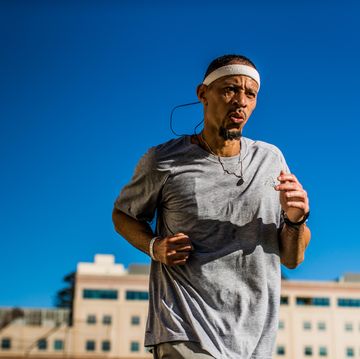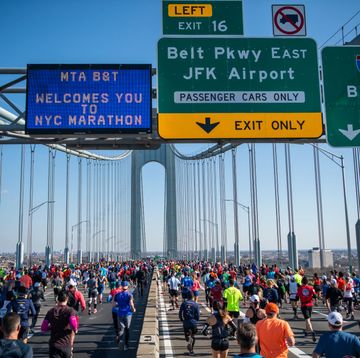After three years of planning, Nike's goal of staging a sub-2-hour marathon is still just that—an audacious aspiration. But Eliud Kipchoge, a 32-year-old Kenayn, ran 26.2 miles faster than anybody in history, finishing the time trial in 2:00:25.
The achievement on the Formula One track in Monza will not count as a world record, because the race utilized practices like alternating pacers that are not sanctioned by the International Association of Athletics Federations. Kenyan Dennis Kimetto’s 2:02:57 in the 2014 Berlin Marathon still stands as the world record.
Kipchoge averaged 4:35.7 per mile, but an approximate 4:34.5 was required to run under two hours.
“The world now is just 25 seconds away from under two hours,” Kipchoge said.
Three men attempting the two-hour-marathon, including Kipchoge, Lelisa Desisa, and Zersensay Tadese, and six pacers took off at 5:45 a.m. Saturday at the Formula One track in Monza, Italy. A team of scientists and physiologists had tried to account for and control every detail, including picking a time that offered the best weather. At the start, reports showed 54 degree temperatures with light rain and 74 percent humidity. The pace and went largely according to plan for the first part of the race.
Right around the 16K mark, with about 11 laps to go Desisa faded from the pack. Shortly after, at the 20K mark, Tadese fell back as well, and while he fought for a few strides to hold on, he ultimately ended up putting significant space between himself and the pace group. Tadese ultimately finished in 2:06:51—a huge improvment from his previous best of 2:10:41.
Kipchoge, however, went through the 25K mark still on pace at 1:11:03. At 30K, he was just one second off the desired pace. He continued on, sometimes with a smile on his face, sticking to the script.
At the end he sprinted the final stretch to break the tape, coming up 26 seconds shy of the goal. He said afterward that the effort was 100 percent of what he had to give.
RELATED: The Exclusive Behind-the-Scenes Look at How Nike is Trying to Break the 2-Hour Marathon Barrier
Kipchoge, the 2016 Olympic marathon gold medalist, was favored in this attempt from the beginning. The 32-year-old Kenyan’s previous personal best was 2:03:05, on the London Marathon course last year. Nike handpicked him for the Breaking-2 attempt for his fast times in shorter distances and his unflappable attitude and racing confidence. “I believe in good training and good preparation,” he said during the press conference after the race. “If I have that, the 25 seconds will come.”
Tadese holds the half marathon world record (58:23). While his previous marathon best was relatively slow compared to the others, a 2007 report named him one of the world’s most efficient runners. That, along with his world cross country championship title and success on the track, made him a clear choice for this event. He holds an Olympic bronze medal from 2004 in the 10,000 meters and a silver medal from the 2009 world championships in the same distance.
Desisa is well known for his 2013 and 2015 wins at the Boston Marathon and his second-place finish at the 2014 New York City Marathon. He was unable to hang on to the torrid pace on Saturday, finishing in 2:14:10.
All three runners wore Nike’s latest innovation in shoes—the Vaporfly Elite. The shoe, which has gone through major testing, allows runners to maintain pace while burning about 4 percent less energy. Each athlete had a personal handwritten message digitally printed on his race shoes. For Kipchoge, it was “Beyond the Limits,” and, on the inner sock liner, the names of his wife and children. For Tadese, it was his wife’s name; for Desisa, it was his parents’ names, Desisa and Bidike.
“This is history, and always history must be kept,” he said, when asked what he will do with his shoes.
ALSO: What Did Our Experts Predict? Who Was Right About the Sub-2 Attempt?
Nike employed 30 of the world’s best runners as pacers, including Bernard Lagat and Sam Chelanaga. Key to the attempt was the drafting method. Runners ran in what is best described as an arrow formation, in which six pacers formed the arrowhead while the three runners followed, single file, behind. (Read more about what went into the sub-2 attempt in this exclusive, behind-the-scenes article.)
Alex Hutchinson contributed to this report.
Check back soon for more details, updates, and a full race report from Italy.

